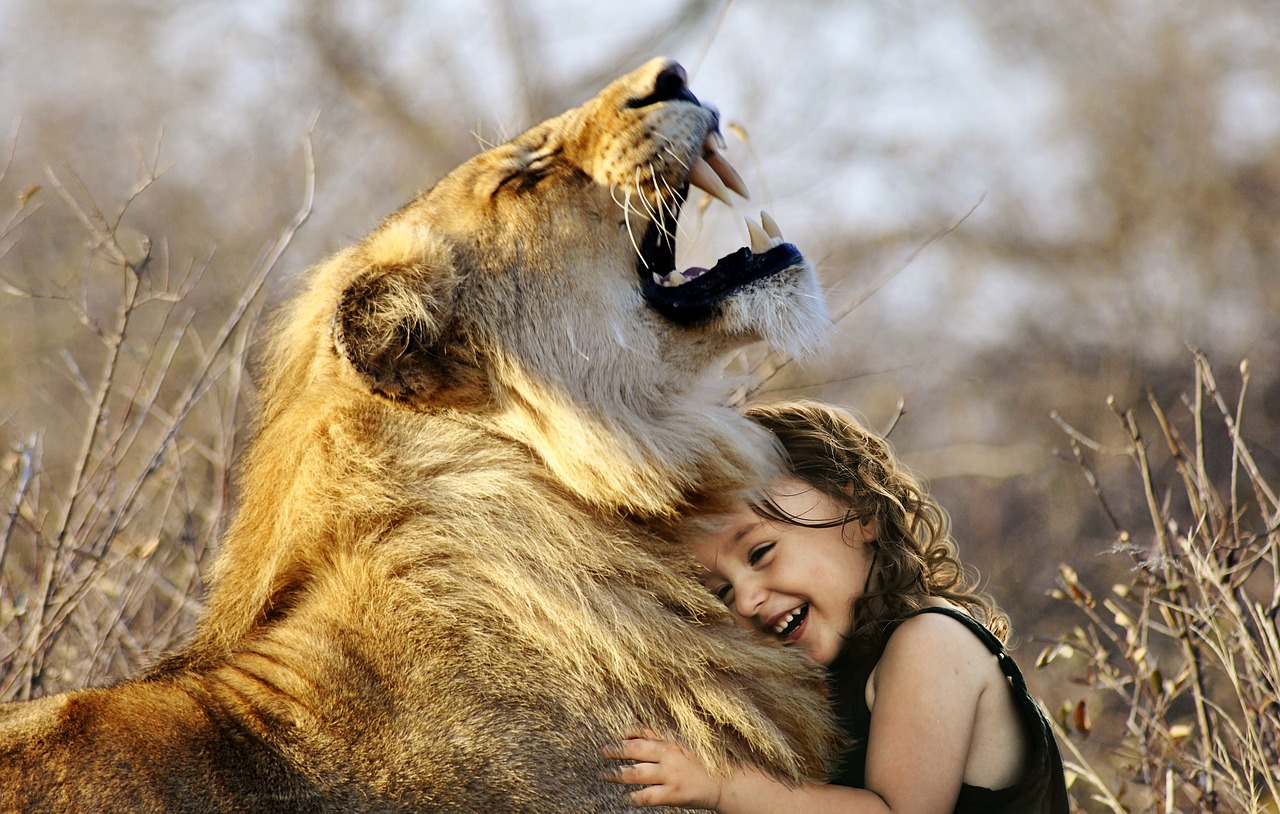According to some sources, there are two types of tickling: knismesis and gargalesis. Knismesis is a light sensation that can make you feel itchy or tingly, while gargalesis is a more intense tickling that can cause laughter.
Some possible reasons why humans feel ticklish are:
- It is a defense mechanism to protect vulnerable areas of the body and to show submission.
- It is a way of encouraging social bonding, especially between parents and babies.
- It is an involuntary response that stimulates the hypothalamus, the area of the brain that controls emotional reactions and pain responses.
Some factors that can affect how ticklish you are include:
- Your mood. You may be less ticklish if you are feeling sad or angry.
- Your awareness. You may be more ticklish if you are caught by surprise or if you know who is tickling you.
- Your sensitivity. Some people have more nerve endings and sensory receptors in their skin than others.
Do Animals Get Ticklish Too?
Yes, some animals are ticklish too. According to some sources, there are two types of animals that can exhibit the laughter tickle response, called gargalesis: humans and our closest primate relatives (chimps, gorillas and orangutans).
There is also some evidence that rats can laugh when tickled, as they emit high-pitched chirps and seek more tickling afterwards.
Other animals, such as dogs, meerkats, penguins and horses, may also enjoy being tickled lightly, but this is a different type of tickling, called knismesis, which is more like an itch or a tingle.

































